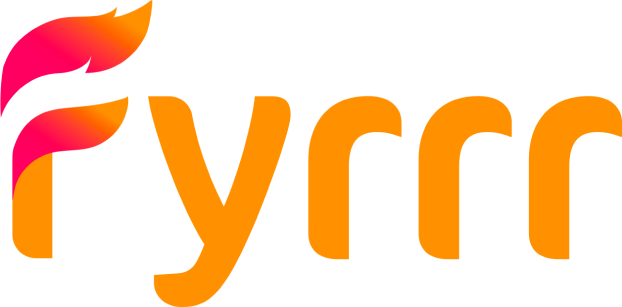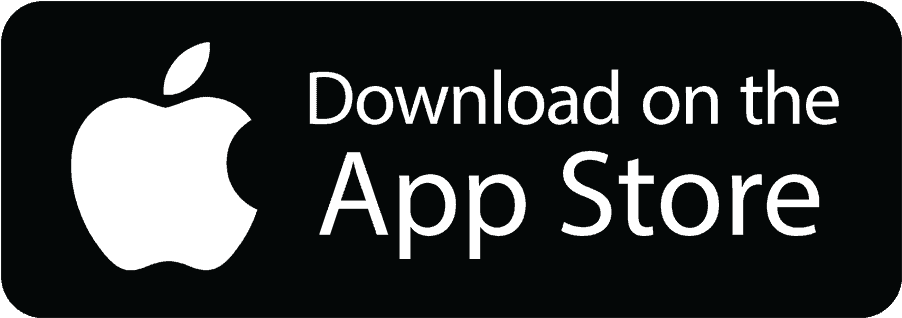Employees value internally developed, company-specific training content almost four times as much as vendor content. It then makes sense to capitalise on all the existing company’s knowledge by making it easy for this experience to be shared.
Video is the most effective way to share tacit knowledge. The latest research in neuroscience shows that our brains learn best using this media because visuals are processed 60,000 times faster than material presented in text form. And it is very cost effective and fast to produce videos on a mobile device. Now everyone in your organisation can become a content creator so your customised training library can grow quickly.
To ensure your employees watch videos and learn, it is important to use a video platform that makes it easy for your team members to find exactly what they need at any given moment.
Here are some features of a video platform that are must-haves to make the learning experience effective and engaging.
Build a Video Topic Library
Think about all the use cases in your company. Onboarding new employees are the perfect example. Consider what needs to be covered and break it down into topics. Create an onboarding topic library and then create separate videos for each main section. Ask team members to participate by recording videos to share their experiences and knowledge. Some topics you may want to include in your onboarding video library include:
- What the company does and why employees are essential to its success
- What the employee’s responsibilities will be, and how the department functions as a unit
- What will be expected of the employee immediately after hiring (What are the first 30, 60 and 90 days like?)
Create a Roles-Based Video Library
An excellent way to build a video library that targets specific groups of employees is to create a library divided by employee roles. For example, you might have one main onboarding video that covers the basics of the company and then a separate video category dedicated to managers, another dedicated to HR staff, and so on. Ask key stakeholders who are experts in their roles to contribute to the library.
Use Keywords in the Search Library
Employees need to find information fast. This content needs to be relevant to the problem they need to solve or the skill they need to develop. Use keywords and tags to categorise the content to make it easy to discover. For example, employees who want to learn more about benefits, hiring, and onboarding could search for those topics in the video library and quickly find relevant content in their feeds. This is an easy way to ensure people find exactly what they need and don’t have to wade through irrelevant or dated content.
Create Playlists and Favourites
Employees need to find content quickly in the flow of work. Ensure they can create personalised playlists to quickly access content most valuable to them if they forget what they learned.
Use the Analytics Dashboard
Finally, once you’ve built your customised video library, you’ll want an analytics dashboard to see which videos are the most popular with employees, who your superstar content creators are, and how long each video has been watched. You can use all this valuable data to prove ROI.
Conclusion
Video is a fantastic way to communicate information, but only if done correctly. To ensure your employees learn most efficiently, you need a custom video content platform that’s easy to navigate, searchable and fun to use.


